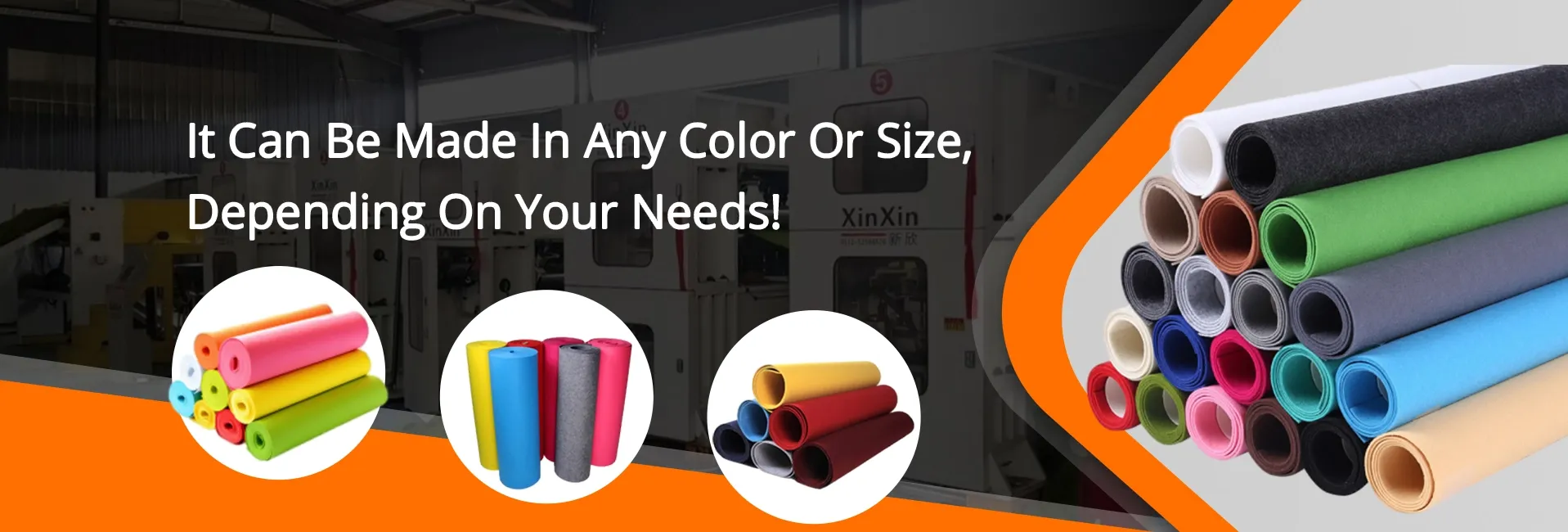industrial felt
Understanding Industrial Felt A Versatile Material for Various Applications
Industrial felt is an essential material used in a wide range of applications across numerous industries. Renowned for its durability, resilience, and versatility, felt is made from natural or synthetic fibers that are matted, pressed, and condensed into a dense fabric. This article dives into the characteristics, manufacturing processes, and applications of industrial felt, illustrating why it is such a valuable resource in various sectors.
What Is Industrial Felt?
Industrial felt is characterized by its dense structure, which provides excellent insulation, soundproofing, and cushioning properties. The fibers used in making industrial felt can consist of wool, polyester, acrylic, or a combination of these materials. The choice of fiber often depends on the specific requirements of the intended application, including flame resistance, moisture control, and abrasion resistance.
One of the defining features of industrial felt is its non-woven nature, which means it does not have a traditional weave like fabric. Instead, the fibers are intermixed and bonded together through mechanical or thermal processes. This unique structure gives felt its remarkable durability and flexibility, making it an ideal candidate for use in demanding environments.
Manufacturing Process
The production of industrial felt typically involves several steps
1. Preparation of Fibers Raw fibers, such as wool or synthetic materials, are cleaned and prepared for processing. Depending on the desired properties of the finished felt, the fibers may undergo treatments to enhance their characteristics, such as fireproofing or moisture resistance.
2. Carding The prepared fibers are then carded, a process that disentangles, cleans, and intermixes the fibers into a web. This web is crucial as it forms the basis of the felt.
3. Needle Punching or Wet Felting Next, the carded web undergoes needle punching or wet felting. Needle punching involves using barbed needles to entangle the fibers further, while wet felting uses moisture and agitation to mat the fibers together. These methods create a solid and cohesive material.
4. Heat Treatment In many cases, the felt is subjected to heat treatment to improve its stability and performance characteristics. This step enhances the felt's resistance to shrinkage and wear.
5. Finishing Finally, the industrial felt can undergo various finishing processes to enhance its functionality, such as coating for added water resistance or cutting to specific dimensions required by clients.
industrial felt

Applications of Industrial Felt
The versatility of industrial felt results in its application across various fields including
1. Automotive Industry
In the automotive sector, industrial felt is extensively used for soundproofing and thermal insulation. It is employed in vehicle interiors to reduce noise levels and provide comfort to passengers. Additionally, felt can be found in gaskets, seals, and vibration dampeners, which contribute to the overall performance of the vehicle.
2. Industrial Manufacturing
Manufacturers utilize industrial felt in a variety of ways, including as protective pads for machinery and equipment. Its cushioning properties help prevent damage from machinery vibrations and impacts, prolonging the life of both the equipment and the surface on which it rests.
3. Construction
In construction, industrial felt serves as an effective material for insulation and soundproofing in buildings. It is also used in roofing applications to enhance waterproofing and protect against leaks.
4. Arts and Crafts
Beyond industrial use, felt remains a popular material in arts and crafts due to its ease of manipulation and versatile nature. It can be cut, sewn, and layered to create a myriad of products, from decorative items to functional applications.
Conclusion
Industrial felt stands as a testament to the power of innovation in material science. Its unique properties, manufacturing processes, and wide-ranging applications make it a cornerstone material in various industries. As technology advances, the potential for new uses of industrial felt continues to expand, promising to enhance the efficiency and effectiveness of products in many sectors. Whether in automotive, industrial manufacturing, or construction, industrial felt’s role is invaluable, making it a material worth understanding and utilizing.
-
What Makes Felt a Great Choice?NewsNov.19,2024
-
Total Mixed Ration (TMR) Feed for CattleNewsNov.19,2024
-
The Ultimate Guide for Felt Polishing WheelsNewsNov.19,2024
-
Industrial Felt for Various ApplicationsNewsNov.19,2024
-
Felt Makeup Bags and Inserts BagsNewsNov.19,2024
-
Choosing the Right Hotel TowelsNewsNov.19,2024
-
Your Go-To Guide For Affordable Wholesale Wool FeltsNewsOct.31,2024







